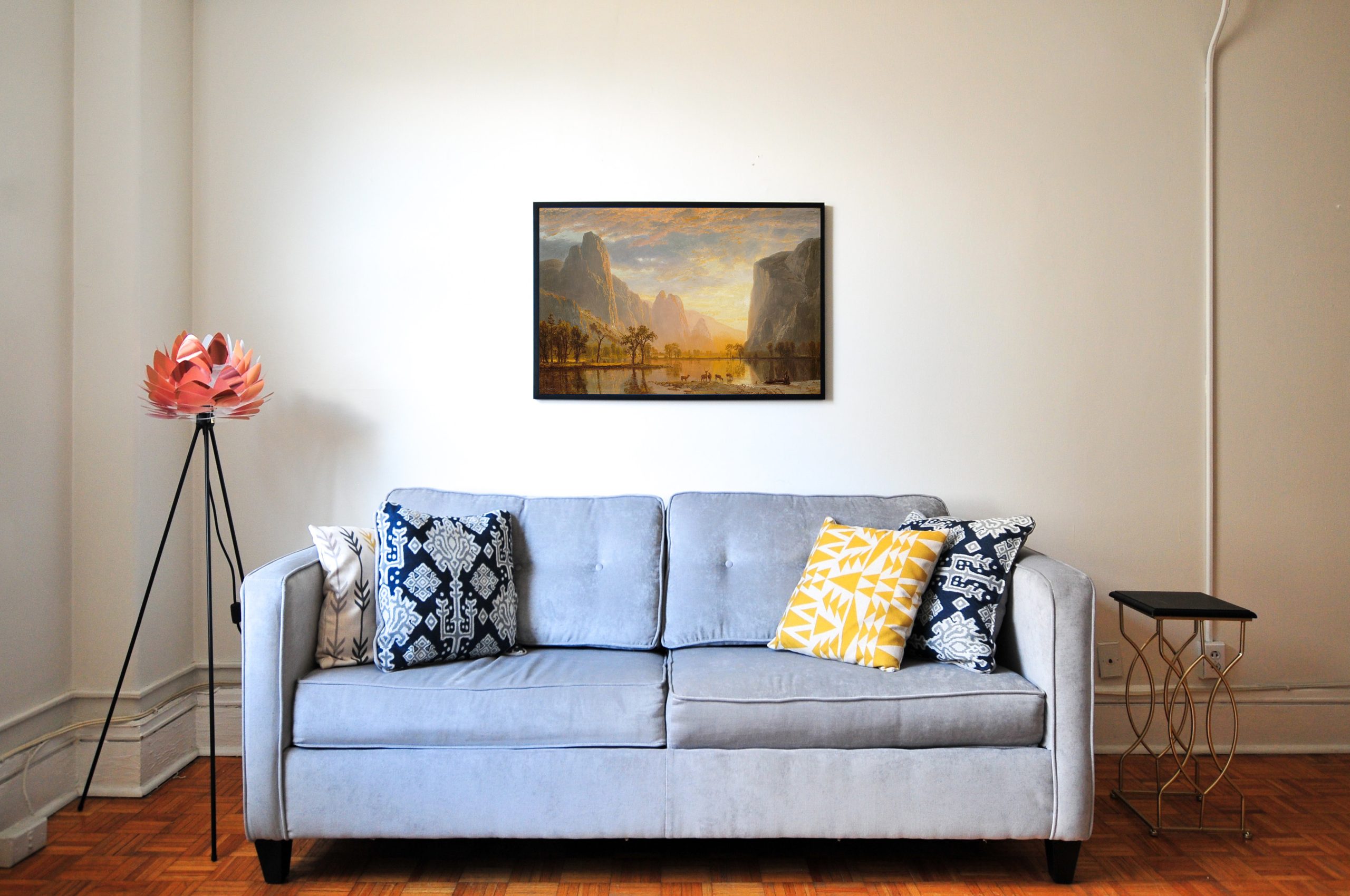Valley of Yosemite
Painted in 1864 after Bierstadt’s 1863 expedition, this small oil sketch of Yosemite Valley captures the luminous beauty of the American West with delicate brushwork and radiant light, hallmarks of the Luminism movement. Measuring about 30 by 49 centimeters, the work was created in Bierstadt’s New York studio and later inspired his grand panoramic paintings. Now held at the Museum of Fine Arts, Boston, it remains a powerful tribute to the splendor of America’s wilderness.
Ratings / Reviews
Información adicional
| Dimensions | Original: 30.16 cm x 48.89 cm, Small: 24.1 cm x 39.1 cm, Medium: 36.2 cm x 58.7 cm, Large: 42.2 cm x 68.4 cm |
|---|
$396.00 – $685.00Price range: $396.00 through $685.00
After his initial expedition to the Rocky Mountains in 1859, Albert Bierstadt returned westward in 1863 with his friend, the writer Fitz Hugh Ludlow. Their journey through the breathtaking landscapes of the American West left a lasting impression on both men. Ludlow famously proclaimed in the Atlantic Monthly that Yosemite Valley in California surpassed even the Alps in waterfalls and the Himalayas in precipitous cliffs. Bierstadt echoed this admiration in a letter to his friend John Hay, describing Yosemite as a veritable Garden of Eden.
Combining his formal European academic training with his talent for plein air sketching, Bierstadt captured the grandeur and luminous atmosphere of the western wilderness with remarkable clarity and emotion. This particular work, a small but meticulously finished oil sketch measuring approximately 30 by 49 centimeters, was likely painted in his New York studio the year following his 1863 trip. It was sold at the Metropolitan Sanitary Fair for $1,600 — the highest price paid for any painting at that event — reflecting the strong demand in the East for images of the expanding American frontier.
The painting belongs to the Luminism movement, characterized by its attention to light, clarity, and tranquil atmospheric effects. This intimate sketch probably served as a preparatory study for Bierstadt’s much larger and grander panoramic canvases, such as Looking Down Yosemite Valley, California (1865), which measures over 1.5 by 2.4 meters and is housed at the Birmingham Museum of Art. Bierstadt gained renown for these sweeping scenes, most notably The Rocky Mountains, Lander’s Peak (1863), a monumental six by ten foot canvas that set a record price for an American painting when sold.
Today, this evocative Yosemite sketch is part of the collection at the Museum of Fine Arts in Boston. It stands as an important example of Bierstadt’s ability to convey the radiant light and sublime beauty of the American West, helping to shape the cultural identity of the nation by romanticizing its wild landscapes during a time of rapid expansion and change.


